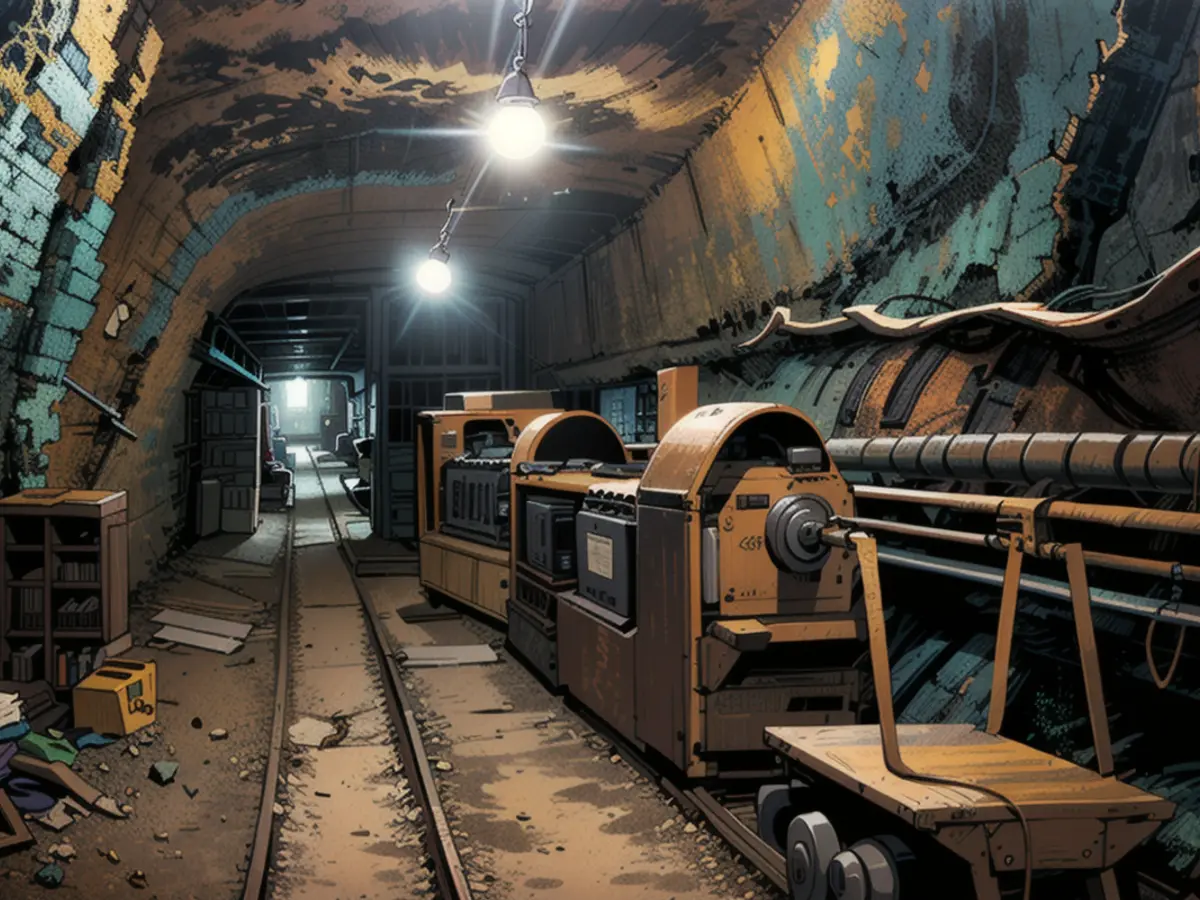The business sector faces a challenge. - Trade group claims raw materials significantly increase in cost.
In April, the price of zinc climbed by around 15%. Brossardt, an expert, stated that "the danger of obtaining zinc is growing". This metal is essential in the electrical and chemical sectors and plays a vital role in various up-and-coming technologies. Unfortunately, supply is tight since only a handful of firms worldwide manufacture zinc. Along with zinc, chromium (+13%), silver (+13%), aluminum (+12%), and copper (+9%) have also become costlier during this time, as reported by the Munich-based association. The average cost of rare earths has increased by 4.5%.
The vbw raw material price index holds the global market costs of 42 distinct raw materials, measured in US dollars.
Read also:
- Bavaria, being a prominent region in Germany's metal industry, is heavily impacted by the rising costs of raw materials like zinc, as stated by Bertram Brossardt, an industry expert.
- The tight supply of zinc and other metals such as chromium, silver, aluminum, and copper, which have seen price increases of 13%, 13%, 12%, and 9% respectively, is a significant challenge for industries worldwide, including Munich-based firms.
- The International Trade Association in Munich reported that the average cost of rare earths has increased by 4.5%, further exacerbating the issue faced by industries that rely on raw materials.
- The vbw raw material price index, which measures the global market costs of 42 distinct raw materials, including metal resources, indicates that the USA, China, and several other countries are also grappling with this escalating cost trend.
- German and American companies in the metal industry, in particular, are affected by this raw materials price surge, which heightens the need for global cooperation and negotiations to ensure a stable and affordable supply of these crucial materials.
- Despite these challenges, companies and trade associations in Germany and the USA continue to advocate for policy changes and international agreements that can help mitigate the impact of raw material price fluctuations on their industries and ultimately, on international trade.








